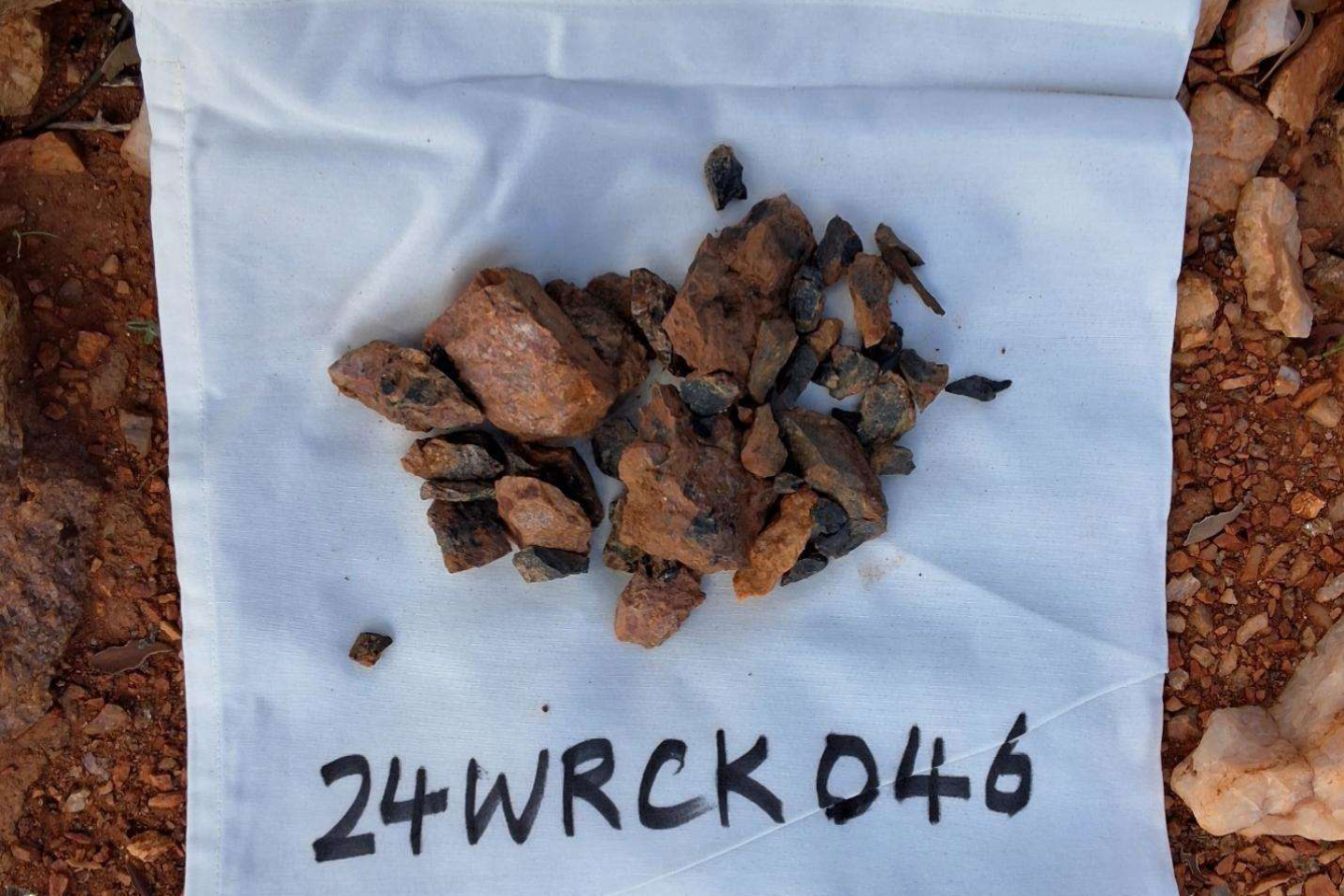Reach Resources’ mission to find the mineralisation source at its Wabli Creek project in Western Australia’s Gascoyne region appears to have paid off, with samples chipped off the bedrock at the site returning 17.65 per cent niobium oxide. A recent geophysical data review at the operation identified an oval-shaped magnetic intrusive it believes is linked to the source of niobium, yttrium and rare earths mineralisation.

Reach Resources’ mission to find the mineralisation source at its Wabli Creek project in Western Australia’s Gascoyne region appears to have paid off, with samples chipped off the bedrock at the site returning 17.65 per cent niobium oxide.
A recent geophysical data review at the operation identified an oval-shaped magnetic intrusive management believes is linked to the source of niobium, yttrium and rare earths mineralisation. It says it has now confirmed the granitic pegmatite target as a primary source of mineralisation, with one in-situ assay delivering 17.65 per cent niobium oxide, 0.15 per cent yttrium oxide, 10.81 per cent tantalum oxide, 31.39 per cent titanium oxide and 0.37 per cent total rare earth oxides (TREO).
A second sample chipped straight off the bedrock also returned impressive results at 13.22 per cent niobium oxide, 0.13 per cent yttrium oxide, 6.27 per cent tantalum oxide, 18.97 titanium oxide and 1.13 per cent TREO.
Management says the in-situ assays were taken about 500m from a historically-reported peak of 32 per cent niobium oxide and 2.57 per cent TREO from previous eluvial samples, which was revealed back in December last year.
Reach Resources chief executive officer Jeremy Bower said: “This is a significant breakthrough for the Wabli Creek project. It was not known whether the hard rock source material would hold the same or similar concentrations as the previously reported surface eluvium samples, however taking rock chips directly from the hard rock in situ material and returning similar grades up to 17% Nb2O5, plus high grade REE and Titanium is extremely promising.”
The magnetic intrusive feature was defined following a comprehensive review of airborne magnetic and radiometric data conducted by geophysical consultants Southern Geoscience.
The review found that the magnetic feature is interpreted to be a younger granitic sequence that has intruded into the older, regionally-extensive Durlacher supersuite along a major east-west-trending corridor. Management says the ovoid intrusive feature is younger than the surrounding rock, with a diameter greater than 3km and a circumference of more than 8km.
A total of 27 niobium, yttrium and rare earths targets have now been identified at Wabli Creek and they will be the major focus for ongoing exploration. To date, none of the targets have been drill-tested.
Reach has enjoyed significant success in the Gascoyne region on top of its impressive sampling figures and emerging targets at Wabli Creek.
In March, it signed an earn-in and joint venture (JV) agreement on its Morrissey Hill and Camel Hill projects with Delta Lithium, which paid the company a non-refundable $3.2 million and can earn an initial 51 per cent interest by spending $3 million on exploration within the first two years. Management says Delta will be required to pay it $10 million – in cash, shares, or a combination of both – if it delineates a mineral resource estimate equal to or greater than 7.5 million tonnes at 0.8 per cent lithium oxide on the tenements covering the two projects, any time within eight years of the agreement’s start date.
The move not only gave Reach the opportunity to focus its attention on Wabli Creek, but also added a significant boost to its coffers to fund the future development of the operation.
The company has engaged Southern Geoscience to complete a detailed interpretation of radiometric, gravity and magnetic data from a recent airborne geophysical survey over the project, in addition to further mapping and sampling to pinpoint more pegmatites below cover.
Management believes it is on track to discover more high-grade material at the site and the market appears to agree. Reach shares doubled during this morning’s intraday trading to touch 2.4c from a previous close of 1.2c, with more than 64 million shares changing hands – effectively giving the company its biggest trading day in nearly three months.
Is your ASX-listed company doing something interesting? Contact: matt.birney@businessnews.com.au
















